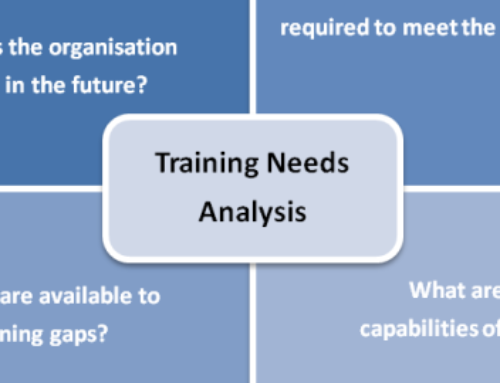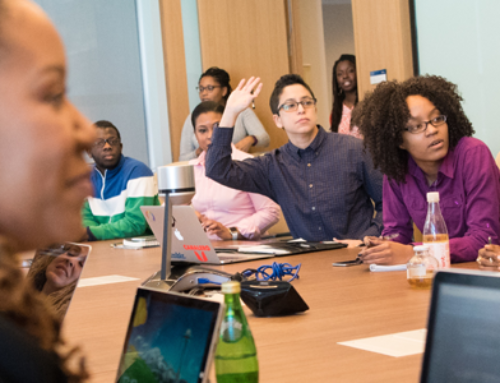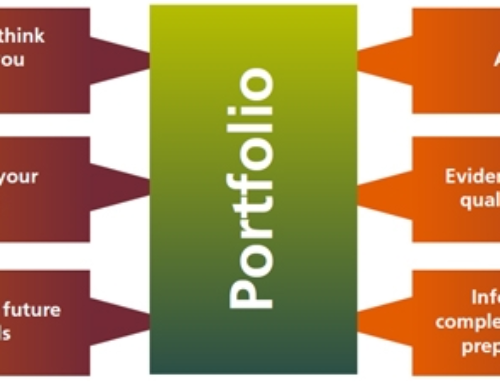This road map for the next generation of work is for the up and coming generation to make sure they start on the right foot.
What happens when the tools & technologies we use every day become mainstream parts of the business world?
What happens when we stop leading separate “consumer” & “professional” lives when it comes to technology stacks?
The result is a dramatic change in the products we use at work and as a result an upending of the canon of management practices that define how work is done.
New tools are appearing that radically alter the traditional definitions of productivity and work. Businesses failing to embrace these changes will find their employees simply working around IT at levels we have not seen even during the earliest days of the PC. Too many enterprises are either flat-out resisting these shifts or hoping for a “transition”—disruption is taking place, not only to every business, but within every business.
The Educators Work Culture
Continuous productivity is an era that fosters a seamless integration between consumer and business platforms. Continuous productivity manifests itself as an environment where the evolving tools and culture make it possible to innovate more and faster than ever, with significantly improved execution. Together our industry is shaping a new way to learn, work, and live with the power of software and mobile computing—an era of continuous productivity.
Continuous productivity is possible
Continuous productivity shifts our efforts from the start/stop world of episodic work and work products to one that builds on the technologies that start to answer what happens when:
- A generation of new employees has access to the collective knowledge of an entire profession, experts, or enterprise.
- Collaboration takes place across organisation and company boundaries with everyone connected by a social fibre rather than the organisations hierarchy.
- Data, knowledge, analysis, and opinion are equally available to every member of a team in formats that are digital, sharable, and structured.
- People have the ability to time slice, context switch, and proactively deal with situations as they arise, shifting from a start/stop environment to one that is continuous.
Join The Educators Pioneering projects
The vast majority of organisations are struggling right now with how to face these challenges. Beside the ones who try to ignore this shift, majority of the organisations are trying to use this new technology to run their old system. You are welcome to join The Eductors as an individual and develop your teaching environment or join any of our current and futur group projects.
How Different is the way we work:
The availability of the information and communications tools has allowed us to move from a hierarchical access model of the past to a much more collaborative and sharing-first approach. Every member have access to the raw “feeds” that could be material to their role. Teams become the focus of collaborative work, empowered by the data to inform their decisions. The increasing use of “crowds” and product usage telemetry able to guide improved our services, based not on sampling and forecasting but on what amounts to a census of real-world usage.
The following table contrasts the way we work (continuous productivity) and the current norms.
| Traditional way |
Continuous Productivity |
| Process | Exploration |
| Hierarchy, top down or middle out | Network, bottom up |
| Internal committees | Internal and external teams, crowds |
| Strategy-centric | Execution-centric |
| Presenting packaged and produced ideas, documents | Sharing ideas and perspectives continuously, service |
| Data based on snapshots at intervals, viewed statically | Data always real-time, viewed dynamically |
| Process-centric | Rhythm-centric |
| Exact answers | Approximation and iteration |
| More users | More usage |
The cultural changes encouraged and enabled by continuous productivity include:
- Innovate more and faster. The bottom line is that by compressing the time between meaningful interactions between members of a team, we will go from problem to solution faster. Whether solving a problem with an existing product or service or thinking up a new one, the continuous nature of communication speeds up the velocity and quality of work.
- Flatten hierarchy. Equal access to tools and information, a continuous multi-way dialog, and the ease and bringing together relevant parties regardless of place in the organisation flattens the hierarchy, this is the key.
- Improve execution. Execution improves because members of teams have access to the interactions and data in real-time. Gone are the days of “game of telephone” where information needed to “cascade” through an organization only to be reinterpreted or even filtered by each level of an organization.
- Respond to changes using telemetry / data. With the advent of continuous real-world usage telemetry, the debate and dialog move from the problems to the solution. You don’t spend energy arguing over the problem, but debating the merits of various solutions.
- Strengthen organization and partnerships. Organisations that communicate openly and transparently leave much less room for politics and hidden agendas. The transparency afforded by tools might introduce some rough and tumble in the early days as new “norms” are created but over time the ability to collaborate will only improve given the shared context and information base everyone works from.
- Focus on the destination, not the journey. The real-time sharing of information forces organizations to operate in real-time. Problems are in the here and now and demand solutions in the present. The benefit of this “pressure” is that a focus on the internal systems, the steps along the way, or intermediate results is, out of necessity, de-emphasised.
Follow the following article for further reading.
- Road Map For The Next Generation of Work – Paradigm shift (1)
- Road Map For The Next Generation of Work – Theory & Technology (2)
- Road Map For The Next Generation of Work – Examples and Checklist (3)




